ASUS Vivobook S15 Qualcomm Snapdragon X Elite First Impressions: 5 Things No One Told You
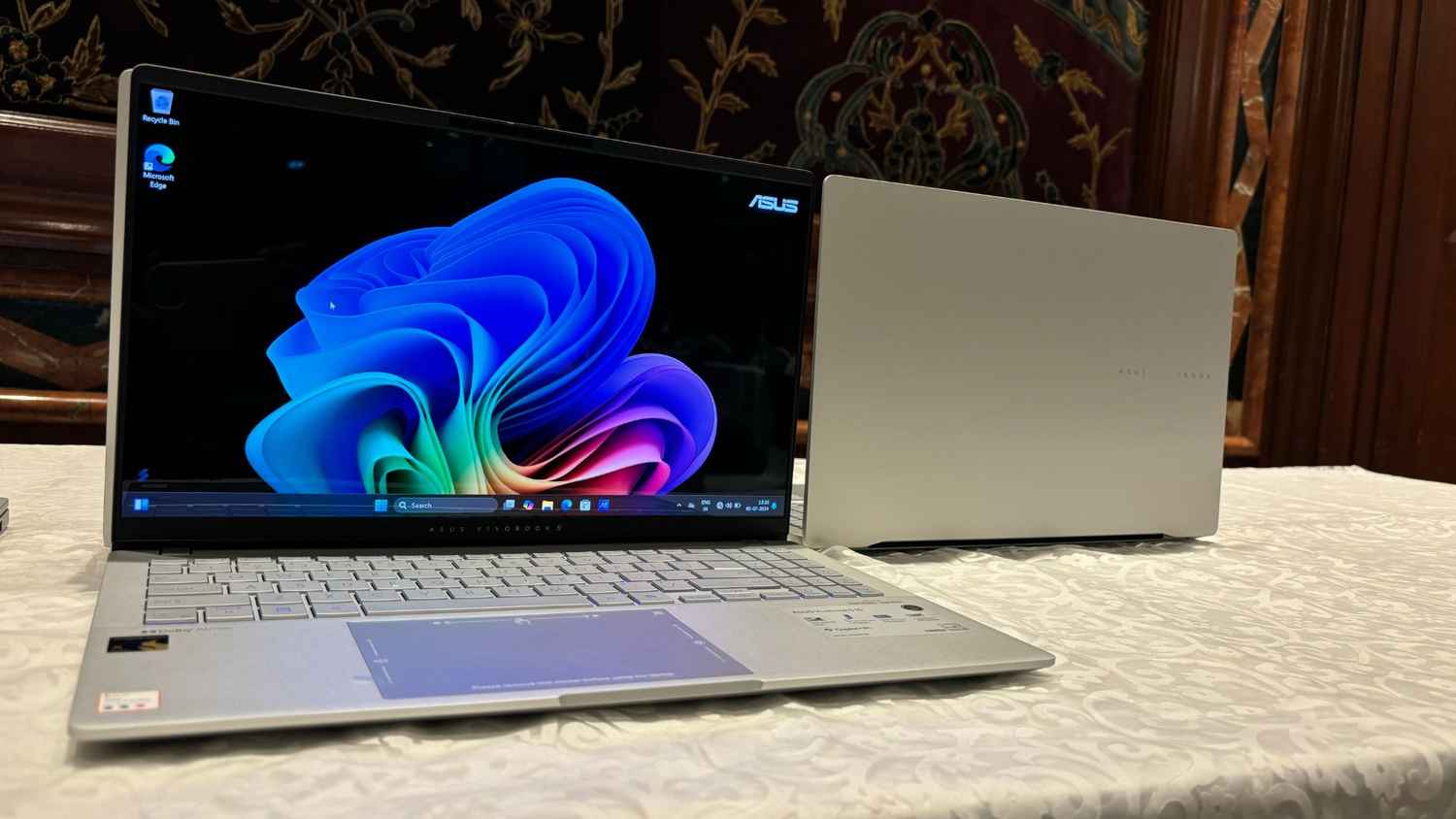
The first wave of the Qualcomm Snapdragon X Elite-powered Windows laptops has hit India and the first OEM in line to showcase their latest ARM-powered device is ASUS. However, my sources have confirmed that other OEMs like Dell and HP will likely launch their Snapdragon X Elite-powered laptops in July or August 2024.
 Survey
SurveyAnd it is a big deal for the Windows OS as a whole. Because rarely ever was such a big step taken in unison by OEMs, developers and Microsoft to take on the might of Apple. Moreover, I recently had the chance to spend about an hour with the Qualcomm X Elite-powered ASUS Vivobook S15. I glanced at the laptop’s build, keyboard, touchpad, and display quality. I also ran a few benchmarks to get a feel for its performance and observed many subtle yet distinctive features that set the new Qualcomm Snapdragon-powered Windows laptops apart from their Intel or AMD cousins.
Build Quality is Impressive
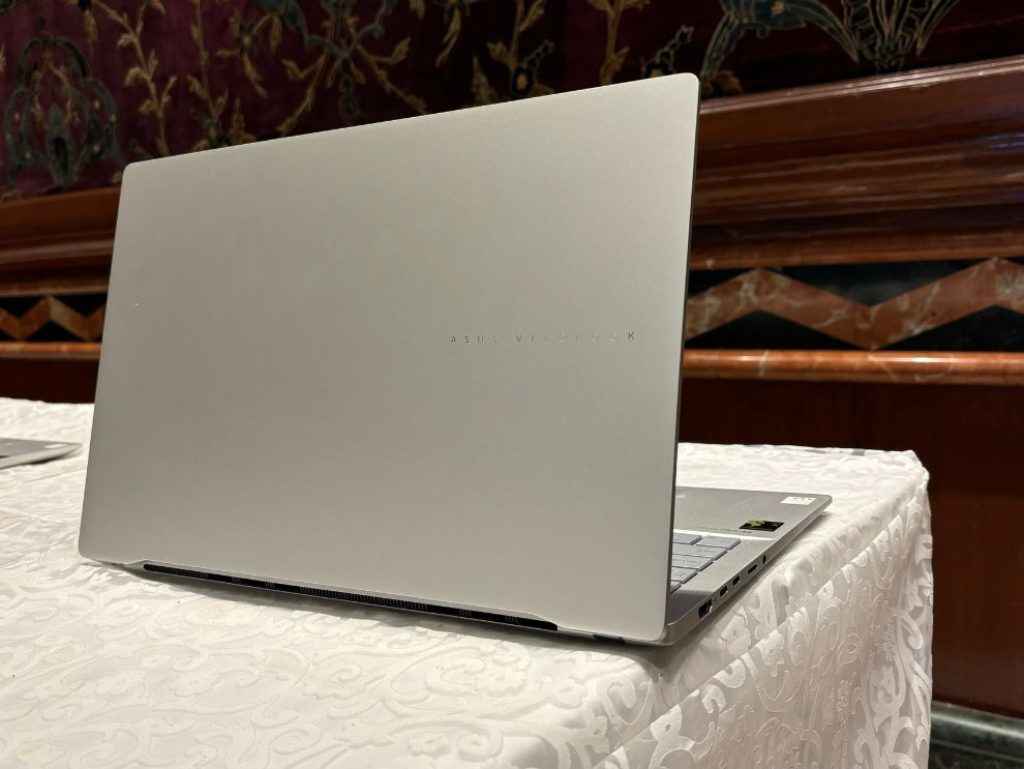
The moment I held the ASUS Vivobook S15, it was clear this machine was different. Compared to its Intel-powered counterpart, this version felt sturdier and more refined. The hinge was incredibly smooth and robust, and the chassis exhibited no flex. ASUS reps told me that the laptop uses CNC aluminium instead of a magnesium alloy. Now, if I recall my materials engineering class, I can tell you that CNC aluminium tends to be sturdier due to its higher strength and durability. It’s less likely to bend or break under stress and has better resistance to corrosion and wear. This makes it a preferred choice for products that require a robust and long-lasting material.
The screen’s lower-middle frame, which had some flex in the Intel version, was relatively more rigid here. Emphasis on the word “relatively.” The touchpad installation was precise and for a second it felt like a haptic touchpad, though ASUS confirmed it’s still a mechanical one. The keyboard remained just as impressive as on the Intel version, and the 3K 120Hz OLED display was vibrant and bright, surpassing even the Liquid Retina XDR display on the Apple MacBook Pro. However, it did suffer from some reflections, so I’ll reserve my final judgement for a full review.
On Battery CPU Performance Seems Capable
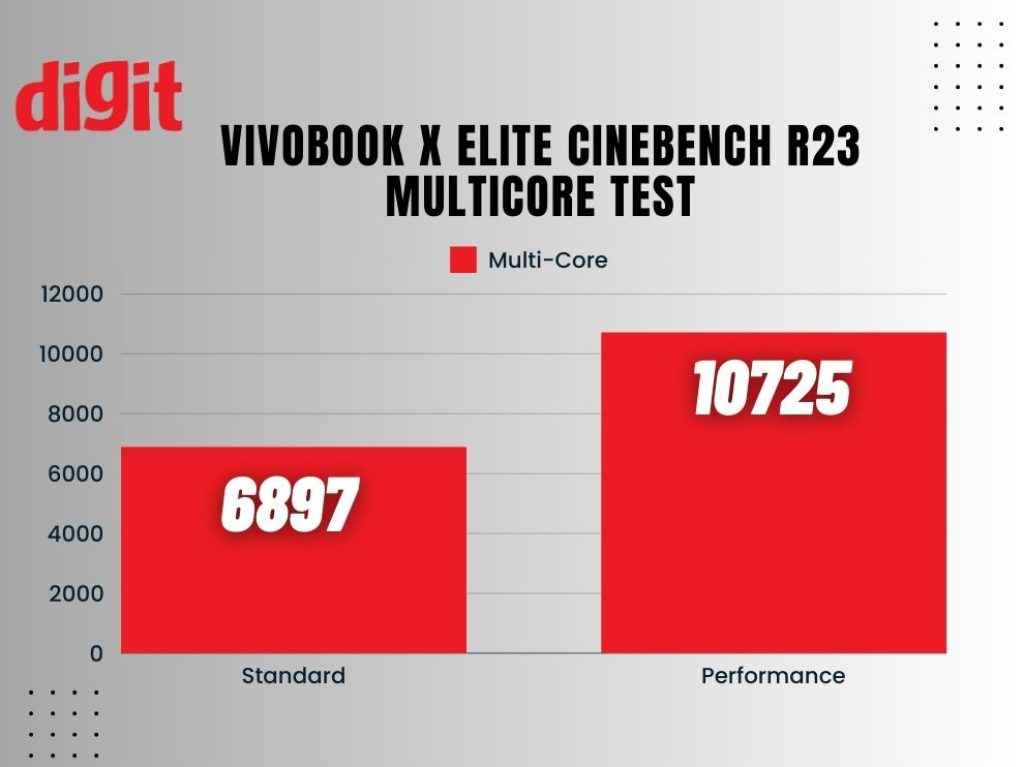
Performance-wise, I merely got a glimpse into what the Qualcomm Snapdragon X Elite is capable of. Testing on battery power, I ran the Cinebench R23 Multicore benchmark in both standard and performance power modes and scores were decent – 6897 in Standard and 10725 in Performance power mode. However, the test setup wasn’t ideal. The press briefing had tables covered with a flowy cloth so these scores aren’t final in any shape of form. Speaking more of power modes, the laptop has four different ones – Whisper Quiet (20), Standard (35W), Performance (45W), and Full Speed (50W). ASUS claims that they went to great lengths to make the X Elite SoC run at 50W. It is an important point because no two X Elite laptops will likely have the same performance since every OEM is going to customise the chip in the way that best suits their needs.
Silent Computational Experience is Possible
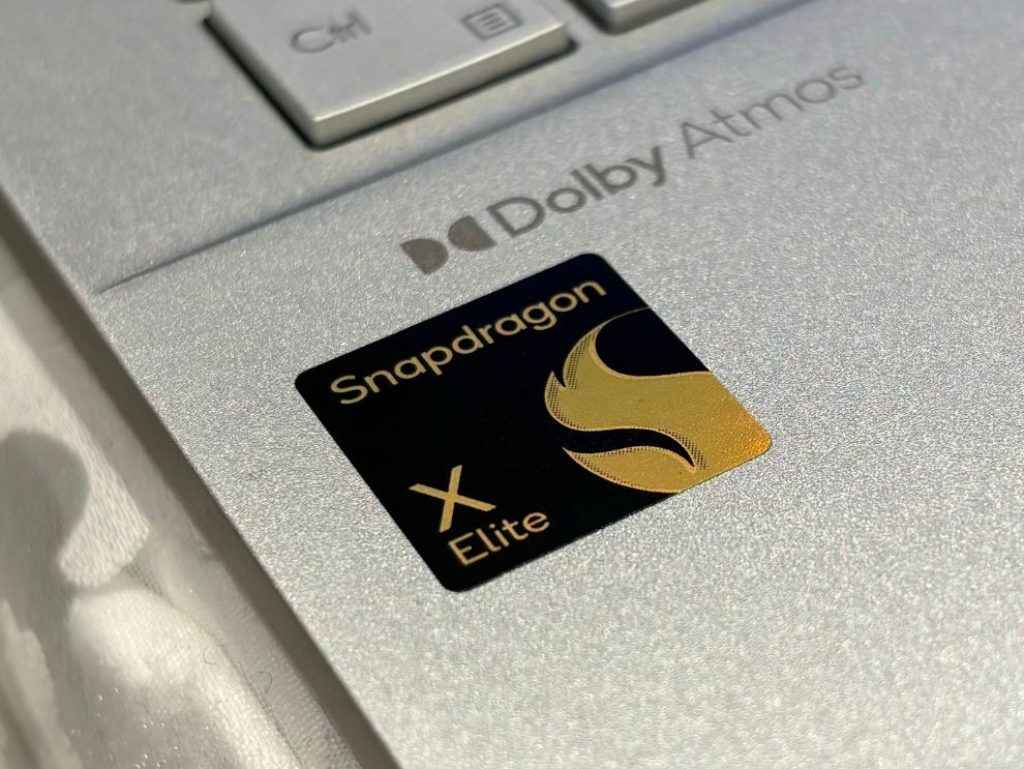
Throughout my rather short testing, the laptop remained impressively quiet. Even during the Cinebench R23 test, the fans didn’t spin up. This is notable because Cinebench R23 typically activates fans at full speed. It could be because the test was done on battery power, so I’d again reserve my final judgment for the review. However, the potential for a mostly fanless computing experience is there with the X Elite-powered laptops.
X-Elite Laptops Have Fast but Non-Upgradable Memory
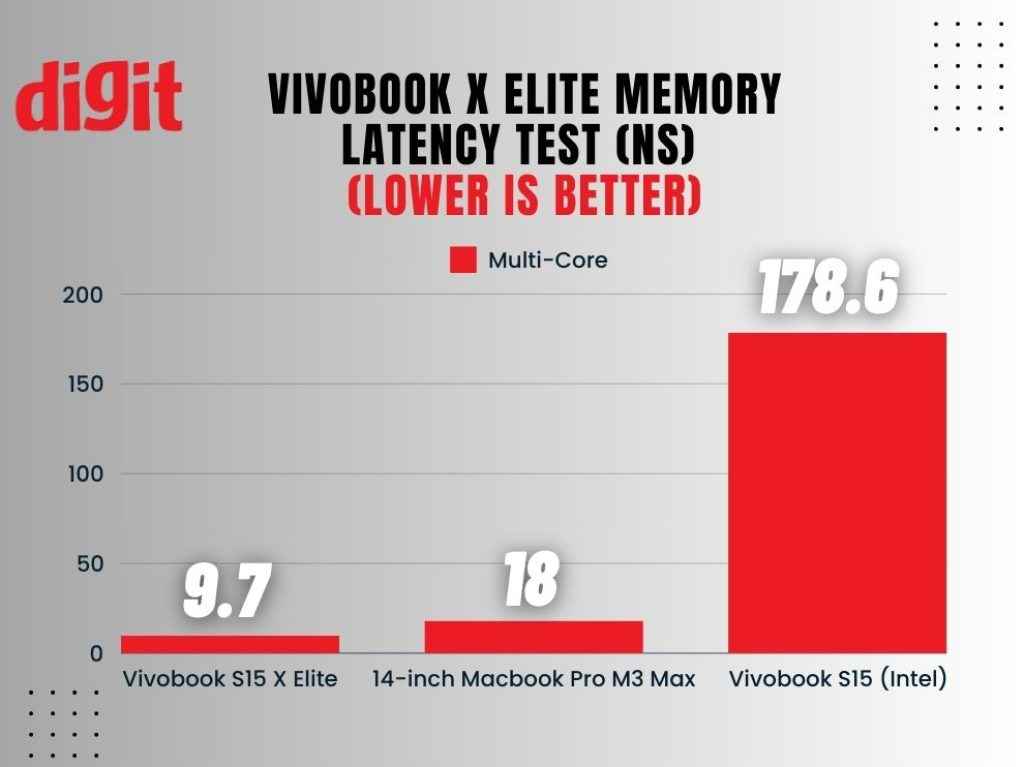
One downside of Qualcomm-powered laptops is the lack of upgradable memory. The 16GB LPDDR5X RAM in the Vivobook S15 is integrated into the SoC, making it non-upgradable. However, this setup allows for incredibly fast RAM speeds and low latency, even surpassing the Unified memory on the M3 MacBook Pro. Memory latency measures the time it takes for the system to retrieve data from memory, with lower values indicating better performance.
The Vivobook S15 X Elite, powered by Qualcomm’s Snapdragon X Elite, boasts the lowest memory latency at 9.7 nanoseconds, ensuring superior performance and faster data retrieval. The 14-inch MacBook Pro M3 Max follows with 18 nanoseconds, while the Vivobook S15 (Intel) lags with 178.6 nanoseconds. This highlights the Vivobook S15 X Elite’s advanced efficiency in-memory operations, making it a highly responsive device. This speed contributes to the snappy feel of the device. Fortunately, the storage is upgradable.
Real-World Application Compatibility Seems Average
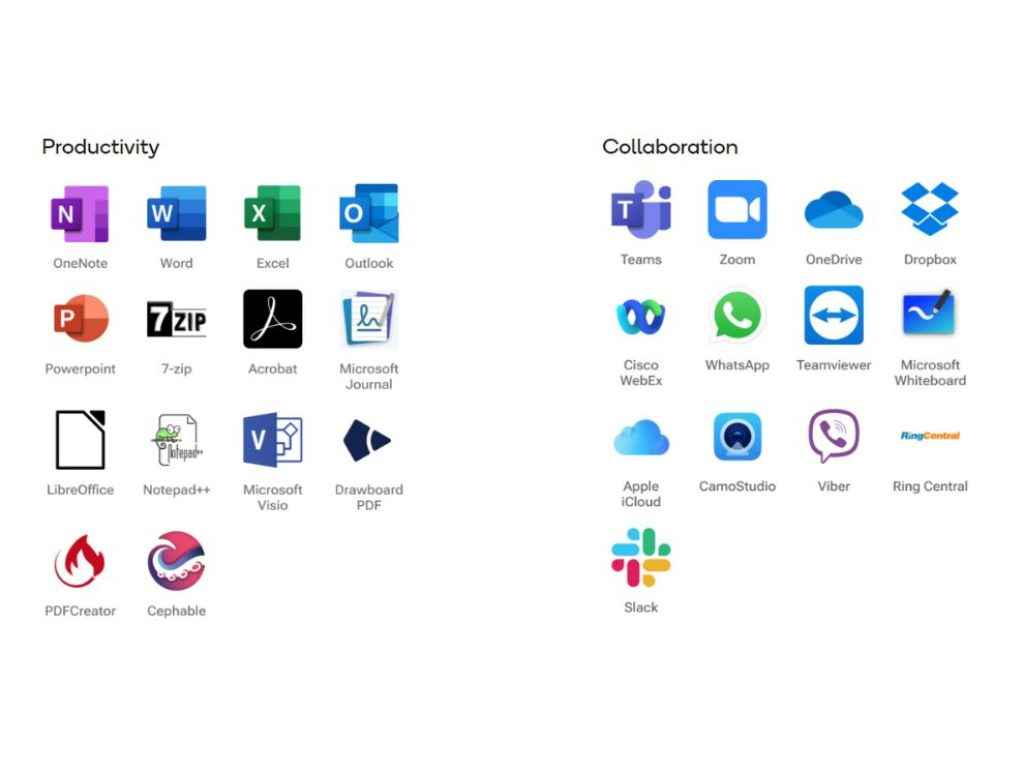
In terms of app compatibility, the ASUS Vivobook S15 handles applications in two ways. It uses a built-in emulator, PRISM, managed by Microsoft and Qualcomm, to seamlessly run X86 apps in the background. For ARM-optimized apps, such as World of Warcraft or Minecraft, the laptop operates at full performance. However, non-optimized games will run via the PRISM emulator, resulting in some performance loss. Games requiring anti-cheat software, like Gears 5, may not work as well.
ASUS reps told everyone that popular apps like Chrome, Microsoft Office, Adobe Photoshop, Lightroom and more are already optimised. Moreover, the list of native ARM apps will continue to expand, the rep insisted.
ASUS Vivobook S15 Qualcomm Snapdragon X Elite First Impressions: Conclusion
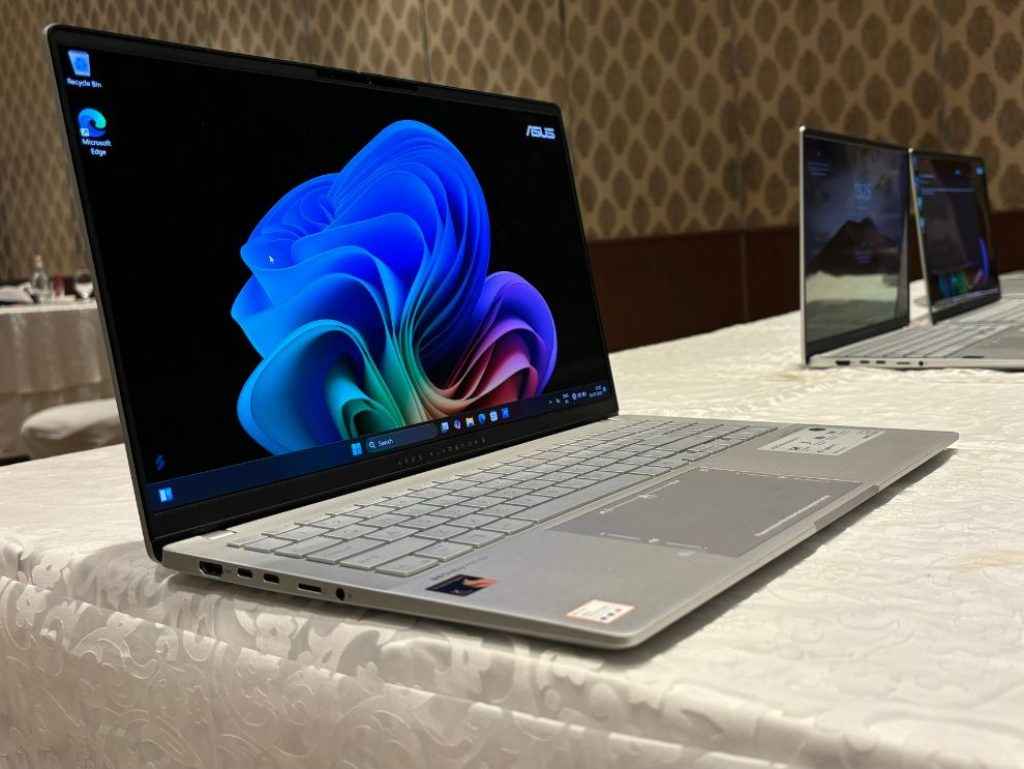
Important aspects of the Qualcomm Snapdragon X Elite SoC like performance per watt, battery life, standby time, and general stability remain to be extensively tested. Also, the X Elite-powered Windows platform is a rather new and fast-evolving one. So what I even conclude in my final review may change after a few months. Or so I hope.
As of right now, Microsoft, OEMs, and Qualcomm have gathered all the best moving parts. But can they make the whole greater than the sum of its parts? It remains to be seen.
Yetnesh Dubey
Yetnesh works as a reviewer with Digit and likes to write about stuff related to hardware. He is also an auto nut and in an alternate reality works as a trucker delivering large boiling equipment across Europe. View Full Profile